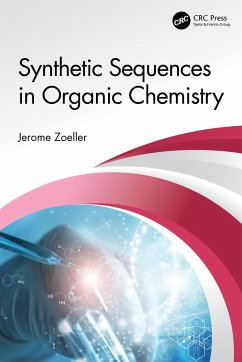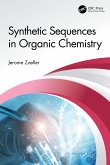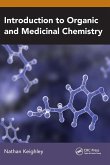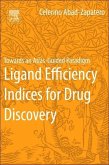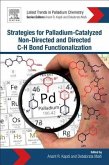Drawing on the vast amount of experience the author has gained from working in industrial and university laboratories, this collection of excerpt reports contains essential details from literature relevant to the synthesis of compounds on a milligram to kilogram scale. The excerpts are composed using ChemDraw software and compiled in a Word document. A number of the compounds that have eluded efficient preparation in the past are now presented. Material which will improve any chemist's existing synthetic methodology can be found here. Each of the six chapters, with eighty excerpts, illustrates a novel application of syntheses selected from twenty-first-century literature.
Features:
This professional text describes many of the classical and contemporary methods of synthesis that have recently found great value in the preparation of needed target compounds in the required quantities.This special topic work is a description of the preparation of chemicals used in the study and development of medicinal compounds. Each of the seventy-seven excerpts are graphical outlines of sequential reactions and intermediates used to produce the synthetic targets. A wide variety of classical and modern methodologies are included in this collection. Many of the excerpts are supplemented with experimental details and mechanistic insights into the reactions involved.This user-friendly professional text provides enormous aid in designing synthetic sequences.Appeals to a broad audience in both academic and industrial laboratories, basically any chemist in need of designing a synthetic sequence or just selecting a single reaction.Author has a vast amount of experience gained from working in academic and industrial laboratories.
Features:
This professional text describes many of the classical and contemporary methods of synthesis that have recently found great value in the preparation of needed target compounds in the required quantities.This special topic work is a description of the preparation of chemicals used in the study and development of medicinal compounds. Each of the seventy-seven excerpts are graphical outlines of sequential reactions and intermediates used to produce the synthetic targets. A wide variety of classical and modern methodologies are included in this collection. Many of the excerpts are supplemented with experimental details and mechanistic insights into the reactions involved.This user-friendly professional text provides enormous aid in designing synthetic sequences.Appeals to a broad audience in both academic and industrial laboratories, basically any chemist in need of designing a synthetic sequence or just selecting a single reaction.Author has a vast amount of experience gained from working in academic and industrial laboratories.
Jerome Zoeller's book, Synthetic Sequences in Organic Chemistry, follows in the tradition of E. J. Corey's The Logic of Organic Synthesis with examples from the literature that illustrate the synthesis of natural and non-natural organic compounds, the placement of "structural moieties" and functional groups, and how synthetic sequences are simplified and diversified using synthetic examples selected by the author. He also gives examples of twelve named reactions in selected syntheses that use them. The last chapter provides illustrations on "how an optimal synthetic scheme can be developed from a discovery synthesis using an original retrosynthetic design." This book provides useful examples through which synthetic strategies can be illustrated. They come from carefully selected recent examples provided by diverse original sources. Textual explanations are clear, and the ChemDraw illustrations make the synthetic steps easy to follow. This book offers interesting examples using modern synthetic methodology, great for those interested in organic synyjesis.
- Michael Doyle, Ph.D., The Rita and John Feik Distinguished University Chair in Medicinal Chemistry, The University of Texas at San Antonio
- Michael Doyle, Ph.D., The Rita and John Feik Distinguished University Chair in Medicinal Chemistry, The University of Texas at San Antonio

